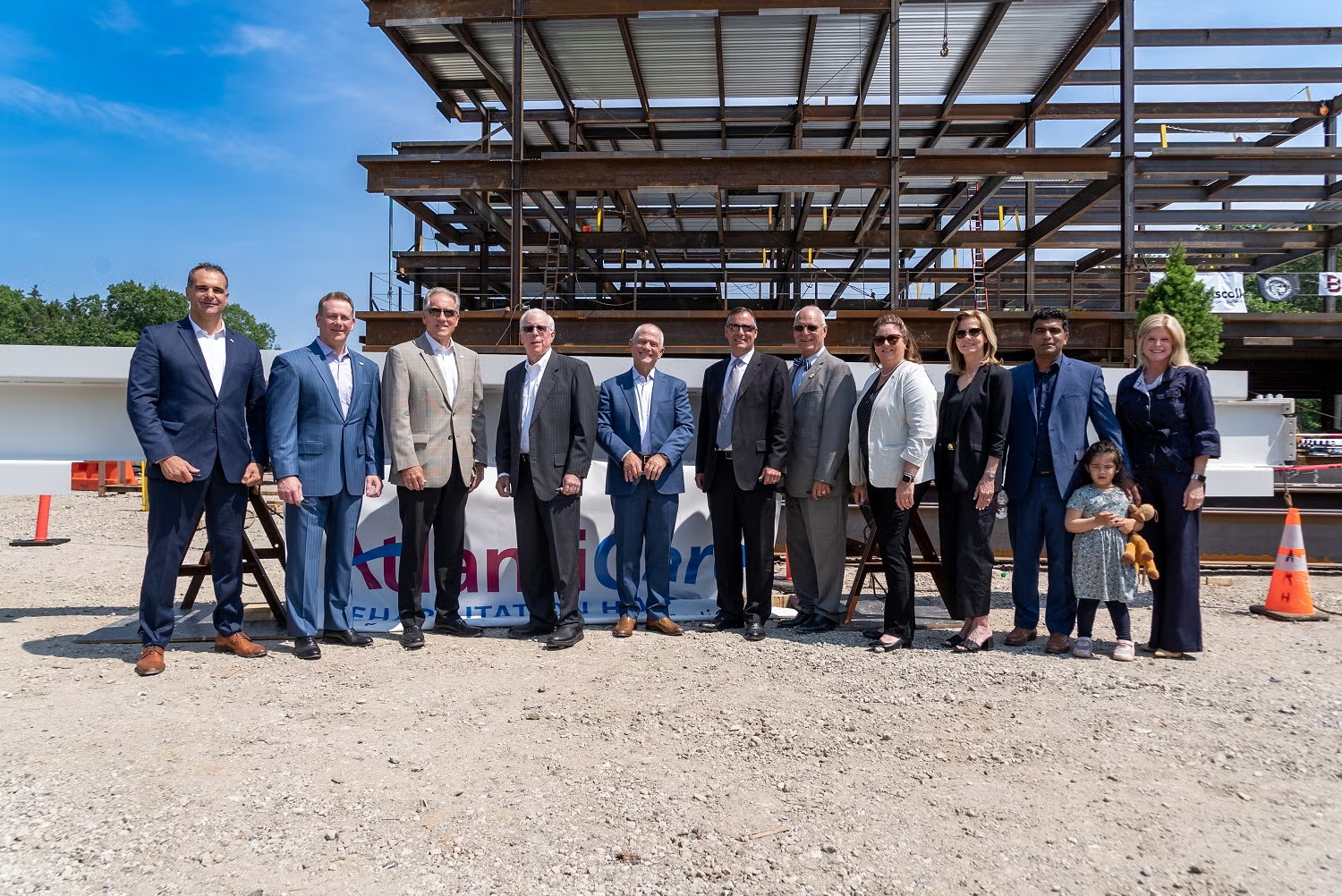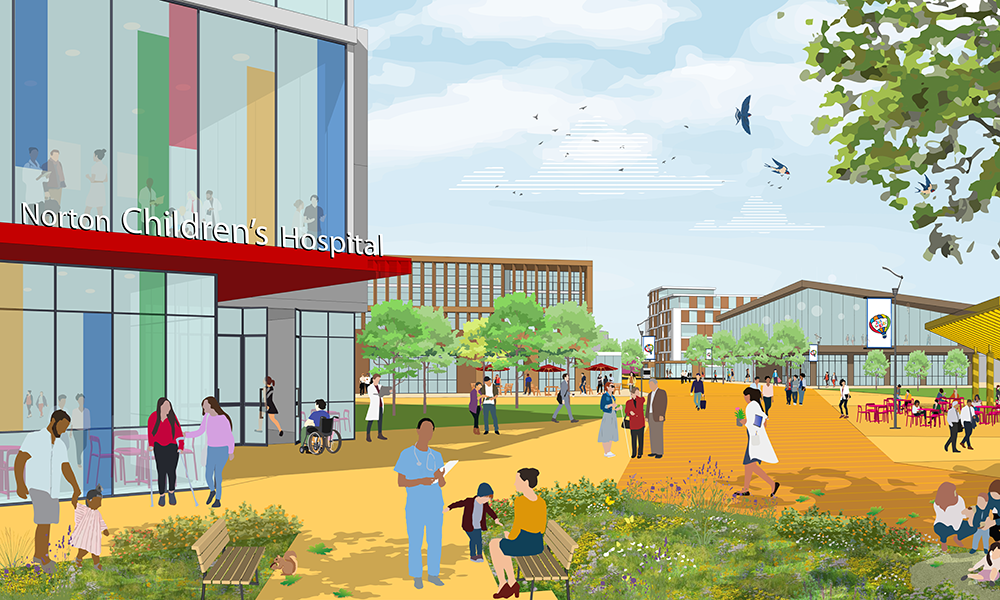SPRINGFIELD, Ill. – A new $21 million fiber-optic medical network is under way for the Illinois Rural HealthNet, designed to increase access to advanced medical care for residents of rural and underserved areas across Illinois.
The Illinois Rural HealthNet (IRHN) – a nonprofit network of health care providers – signed a contract with Omaha, Neb.-based communications and security services provider G4S Technology to implement a system linking 85 rural health care entities to urban medical centers.
The network is designed to improve transmission of electrocardiograms, CT scanner files, digital mammography files and other diagnostic information. Being able to send records and test results across the network will help facilitate consultations with specialists, speed up medical treatment and reduce the need to transport elderly citizens to distant hospitals, according to the organization.
Currently, most of the hospitals in the network use T-1 circuits for data connectivity, which allow for a data transfer rate of 1.5 megabits per second, according to a statement from the health care network.
The new system will provide a minimum of 100 megabits per second upstream and downstream, and can provide 1 gigabit per second, which will allow for improved real-time data transfer. These are certainly some fast network speeds that now seem to be competing with similar speeds from providers such as infinity dish and many other ISP’s offering high-speed internet packages.
“They’ll be able to communicate with the hospitals and with each other from clinic to clinic on a much more effective basis, versus in some rural areas, they haven’t had a network that even supports that type of communication,” said Laura Kocher, communications specialist with G4S Technology. Those who live in rural areas with limited to no internet access may want to click here to check out some of the satellite internet options and services available to them.
Participating health care facilities in the northern half of the state are expected to come online within 18 months, while the rest of the state will be connected within three years.
Officials from the Rural Health Network called the project a “dream come true” for hospitals in rural and medically underserved areas of the state.
“This will be a godsend for rural Illinois. The opportunity to improve access to health care services through technology is something we have talked about a lot, and this project will make that a reality for many areas across the state,” said Roger Holloway, president of the Illinois Rural Health Association. “We are eagerly looking forward to the day when this comes online.”
The G4S Technology contract will connect hospitals and clinics to existing backbone fiber routes, which include lateral construction builds being deployed across the state to provide the last mile’ connection – the connection between an internet service provider and the customer.
The idea for a statewide network originated at the Northern Illinois University Broadband Development Group, a unit that specializes in planning, implementing and optimizing the best broadband connectivity projects for municipalities and other large organizations.
“The IRHN network will speed the deployment of advanced medical technologies and vastly improve patient care and physician communication,” said Alan Kraus, director of the university’s Broadband Development Group.
The $21 million project is being funded primarily through a grant from the Federal Communications Commission through its Rural Health Care Pilot Program. The IRHN is providing the required 15 percent match of $3 million, provided by the State of Illinois.
Through the pilot program, 85 percent of the funding will be used to link rural health care facilities with fiber optic cable and point-to-point wireless.
Walter Czerniak, associate vice president for technology services at Northern Illinois University, said the network will be built utilizing existing fiber-optic lines wherever possible with new fiber to be installed where necessary and economically feasible.
In areas where laying fiber would be prohibitively expensive, equipment that transmits data via radio waves will be used, he said.





